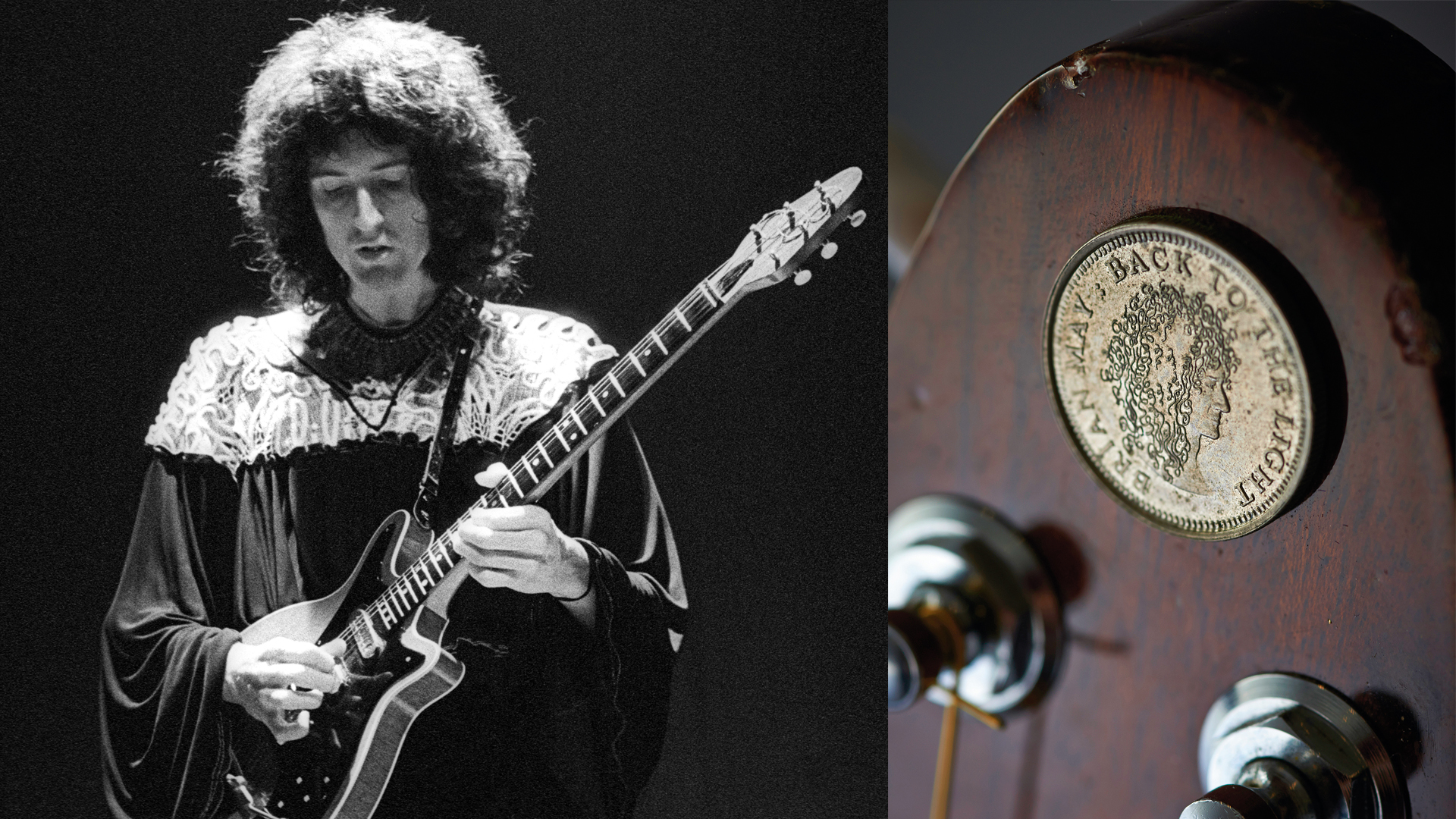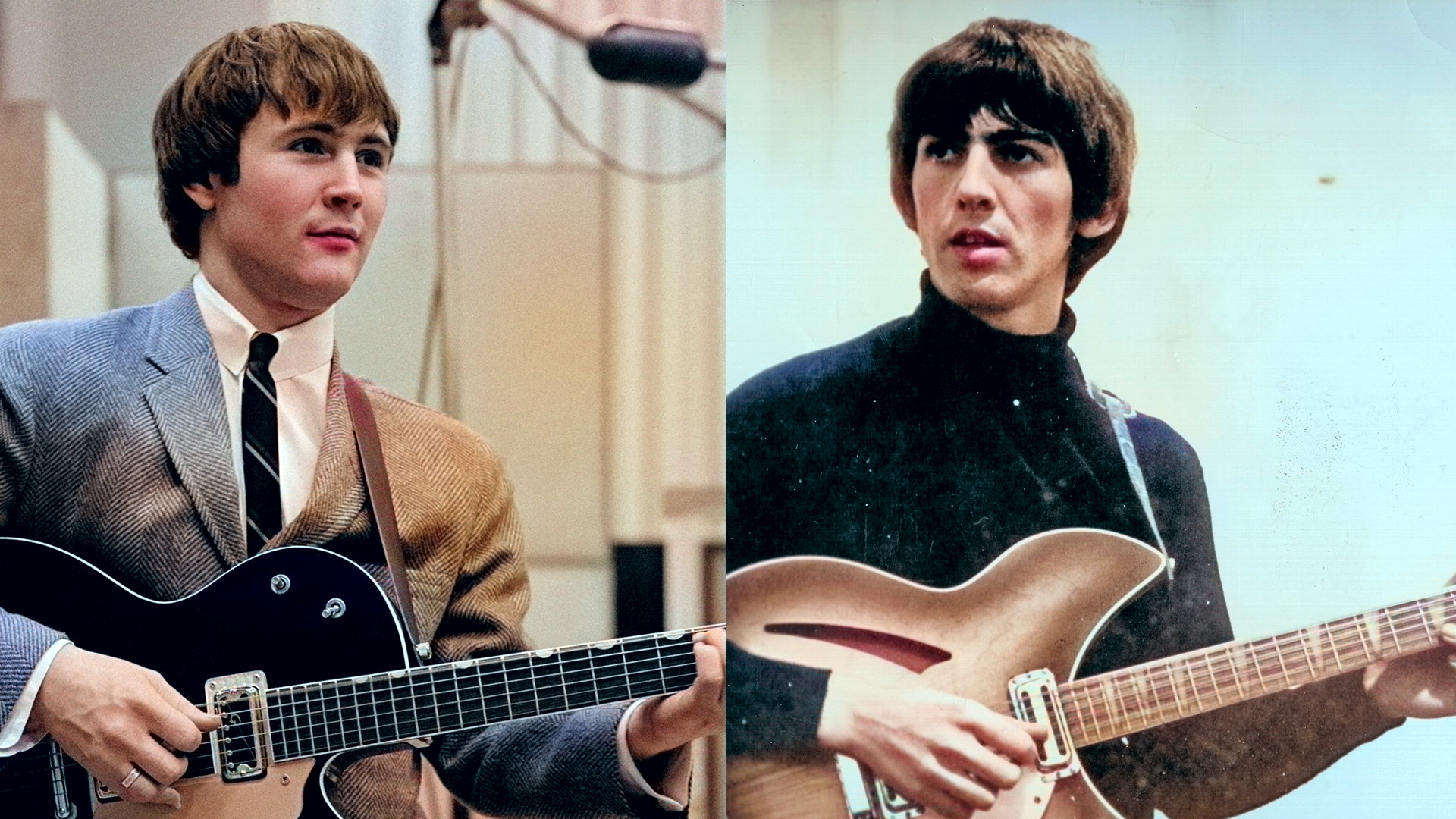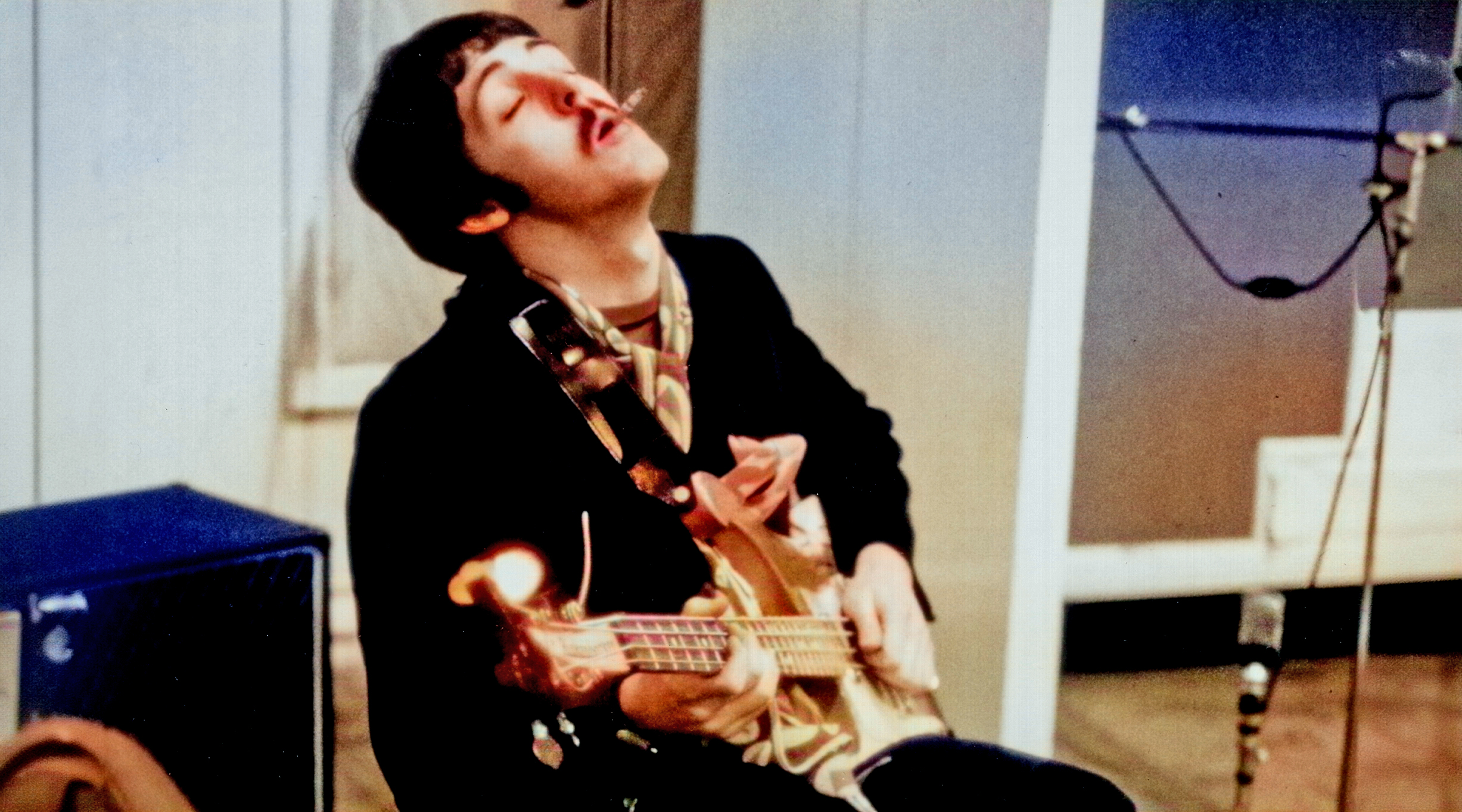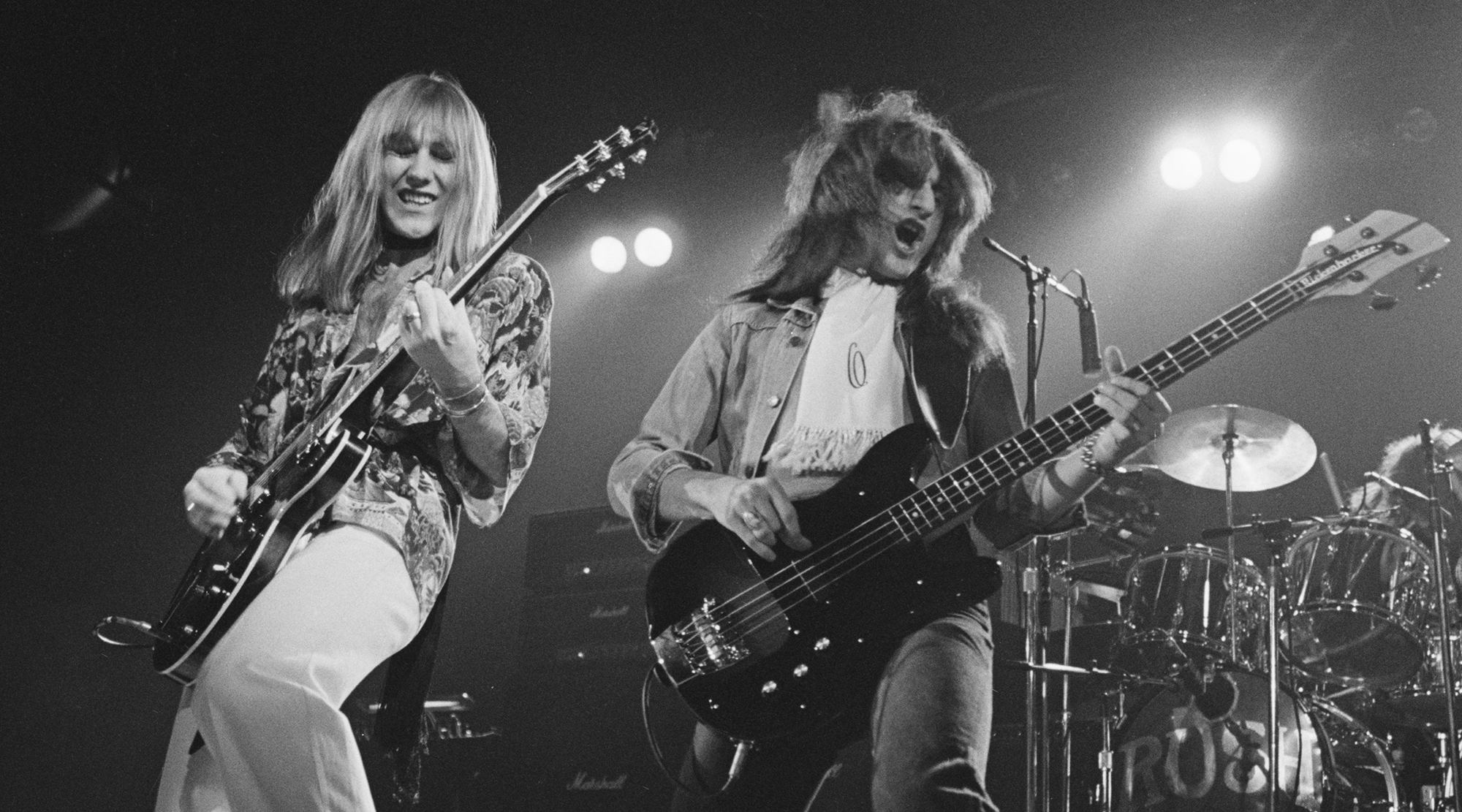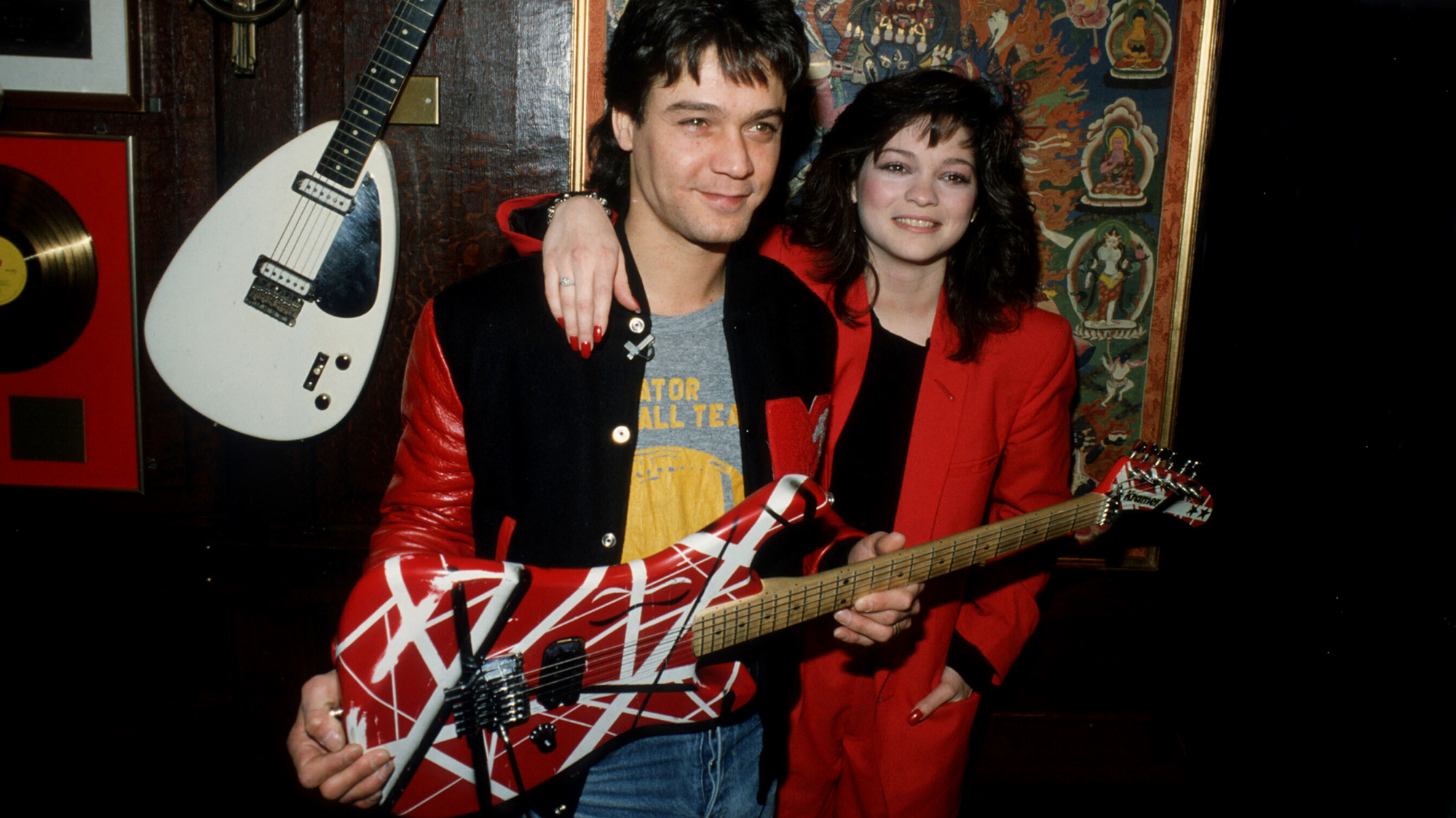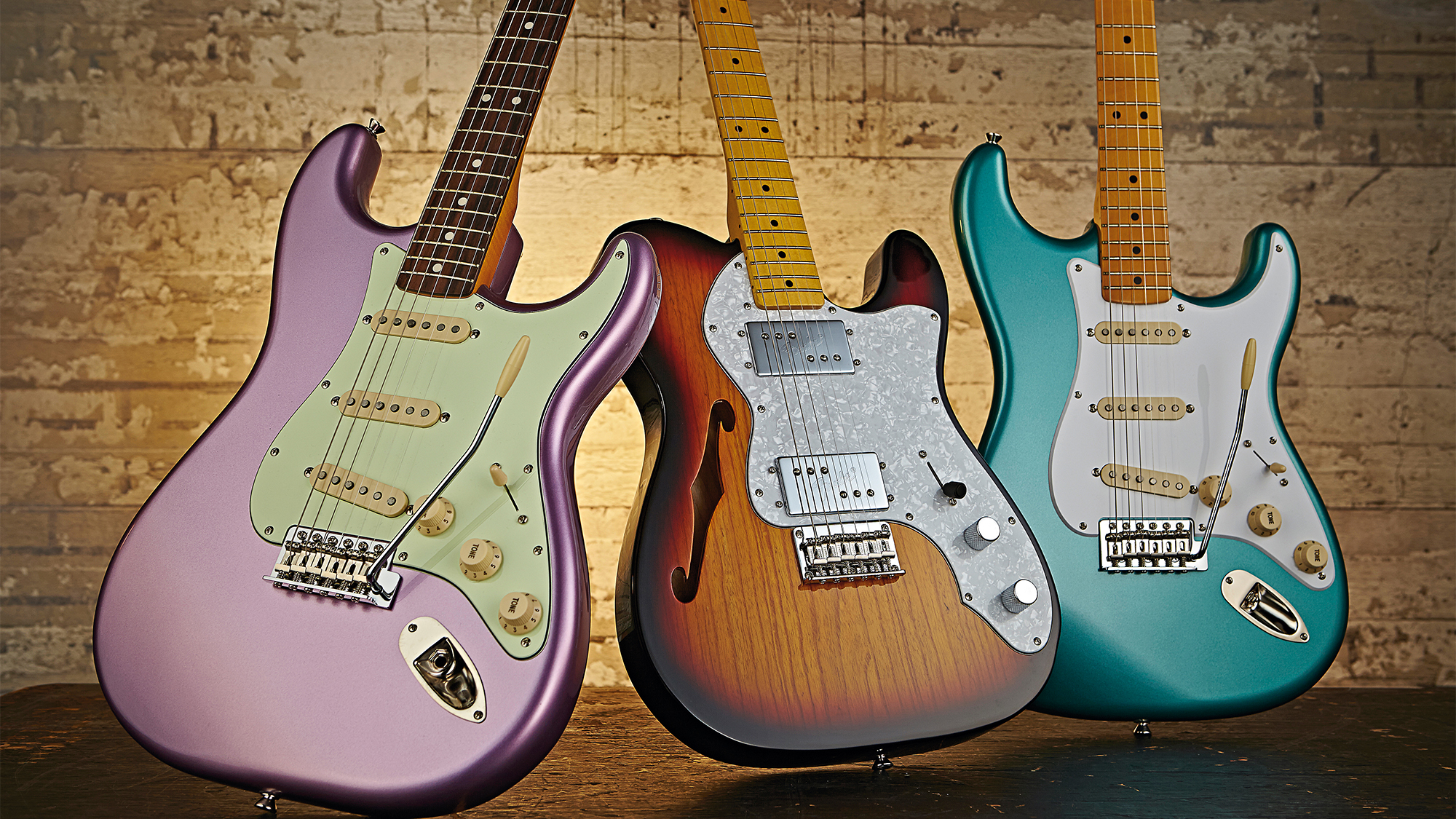"I never went back after that.” Tony Iommi almost launched Black Sabbath's heavy metal crusade with a Fender Stratocaster. A stroke of bad luck changed everything for the better
If it weren’t for two events, the band’s debut album and the genre it shaped would have sounded very different

With their doom-laden take on electric blues, Black Sabbath turned the world of heavy music upside down when they released their debut album 55 years ago, in February 1970. A 1964 Gibson SG propelled Tony Iommi’s instantly recognizable guitar sound, but if it weren’t for a bad pickup and a risky gear swap, the band’s change-making album might have sounded very different.
Iommi had a few misfortunes to thank for his title as the inventor of heavy metal. He’d lost the ends of several fingers on his fretting hand in an industrial accident when he was 17, requiring that he devise leather thimbles to cover his damaged finger tips. .
He then had a brief, unsuccessful run in Jethro Tull, after which Iommi returned to Sabbath with a fresh drive and greater work ethic. But as the band went in to record their debut album, Iommi found his Fender Stratocaster — which he can be seen as he plays with Tull on the Rolling Stones’ Rock and Roll Circus — was having some issues. It was especially bad luck because, as Iommi tells Gibson TV, he'd worked hard to make the guitar suitable for his damaged digits.
“I worked on it myself to try and get it right for me to play, because I couldn't just pick up a guitar like you'd be able to pick up and play,” he tells his interviewer, Judas Priest’s Richie Faulkner. “I couldn't use heavy strings anymore. I had to change everything — change the fretting and lower the strings — because I was using the thimbles. i couldn't feel the strings."
His backup guitar was a right-handed Gibson SG that the left-handed guitarist had strung upside down. As luck would have it he was able to swap it for a proper left-handed model shortly before recording began.
“I heard of this bloke that had a left-handed guitar, and he was right-handed, and he played that upside down,” Iommi says. “Really peculiar! So I got in touch with him, and I arranged to meet him in a car park.
"It was a bit dodgy,” he adds. “He might have nicked it!”
Get The Pick Newsletter
All the latest guitar news, interviews, lessons, reviews, deals and more, direct to your inbox!
Although Iommi intended the SG to be nothing more than a backup guitar, it quickly became his main guitar when the Strat developed a problem with one of its pickups.
“I recorded 'Wicked World' with the Strat, and then the pickup went,” he recalls. “So, I thought, I've got to use the other guitar. It was the first time I'd ever really played it, and I thought, Here I am, doing an album on a guitar I've never played before!”
Yet, something about the SG won him over. “I never went back after that. I’ve stuck with the SG ever since.”
Asked why the Strat was abandoned rather than repaired, Iommi says, "as far as I knew, it was buggered. In those days, you couldn't just go and buy a pickup. I could have taken the front pickup out and put it in, but I never thought of that."
Besides, he says, “as soon as I started using the SG, and that was on the album, that was it. I swapped my Strat for a sax. I had this mad idea of trying to play the sax, which I drove everybody up the wall with.
A post shared by Black Sabbath (@blacksabbath)
A photo posted by on
Iommi is set for one last Black Sabbath show this summer, having recently spoken to Guitar Player about why “Iron Man” is the Sabbath song he relates to the most.
A freelance writer with a penchant for music that gets weird, Phil is a regular contributor to Prog, Guitar World, and Total Guitar magazines and is especially keen on shining a light on unknown artists. Outside of the journalism realm, you can find him writing angular riffs in progressive metal band, Prognosis, in which he slings an 8-string Strandberg Boden Original, churning that low string through a variety of tunings. He's also a published author and is currently penning his debut novel which chucks fantasy, mythology and humanity into a great big melting pot.
"I thought, 'Jeez, how the hell did he do that?'" Phil Manzanera on the tone, tuning and technique of his teenage friend David Gilmour
“I felt so crestfallen. I wanted to throw my guitar away.” Alex Lifeson on the gig that made Rush feel like they’d made it — and how one audience member brought them crashing down to Earth



